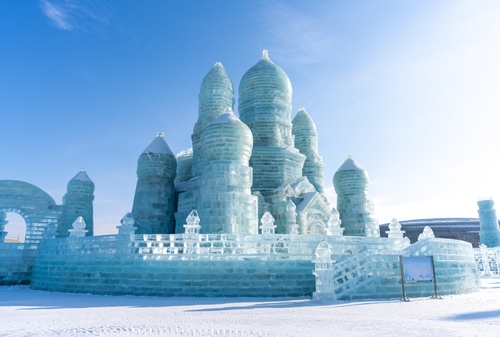Extreme cold doesn’t stop millions of people from calling some of the world’s harshest cities home. From Siberian settlements where temperatures plunge below -40°F to Nordic capitals that embrace winter’s grip, these urban areas prove human resilience knows no bounds.
Understanding where the coldest inhabited cities are located helps us appreciate both the challenges of extreme weather and the remarkable adaptations people make to thrive in harsh conditions. Whether you’re curious about global climate patterns, planning an adventure to experience winter at its most intense, or simply fascinated by how communities survive in extreme environments, this guide reveals the cities where winter means business.
We’ll explore seven of the coldest permanently inhabited cities on Earth, examining their record-breaking temperatures, unique survival strategies, and what daily life looks like when the mercury drops to bone-chilling levels.
Yakutsk, Russia: The World’s Coldest Major City
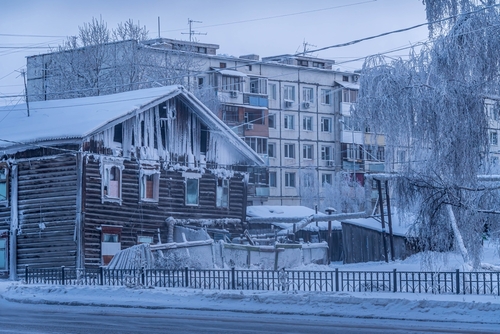
Yakutsk holds the undisputed title as the coldest major city on Earth. Located in eastern Siberia, this capital of the Sakha Republic experiences winter temperatures that regularly drop below -40°F (-40°C). The city’s record low reached a staggering -83.9°F (-64.4°C).
Home to approximately 320,000 residents, Yakutsk sits atop continuous permafrost that extends down 4,920 feet. This frozen foundation creates unique challenges for construction and infrastructure. Buildings require special foundations to prevent them from melting the permafrost and sinking.
Despite the extreme cold, Yakutsk thrives as a diamond mining center and regional hub. Residents have adapted with remarkable ingenuity—cars run continuously during winter months, and specialized clothing makes outdoor survival possible. The city’s heating systems work overtime from October through April, when average temperatures hover around -35°F (-37°C).
Fairbanks, Alaska: America’s Arctic City
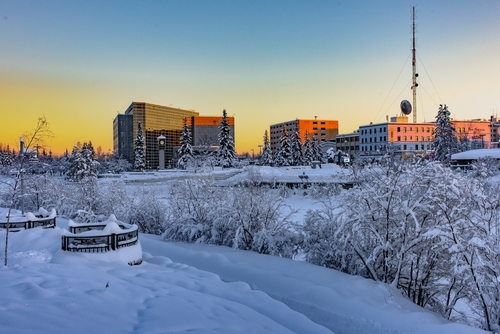
Fairbanks represents the coldest major city in North America. Winter temperatures routinely drop to -20°F (-29°C), with the record low hitting -66°F (-54°C) in 1934. The city experiences polar night conditions, with minimal daylight during December and January.
This Alaskan city of 32,000 people has built its identity around embracing the cold. The University of Alaska Fairbanks conducts world-renowned arctic research, and the city serves as a gateway to the Arctic Circle. Local infrastructure includes specialized heating systems, and many buildings feature arctic entries—enclosed spaces that prevent cold air from entering heated areas.
Fairbanks residents prepare for winter with serious dedication. Block heaters keep car engines warm, and many homes maintain backup heating systems. The city’s survival culture includes community networks that check on neighbors during extreme cold snaps.
Norilsk, Russia: The Industrial Arctic Outpost
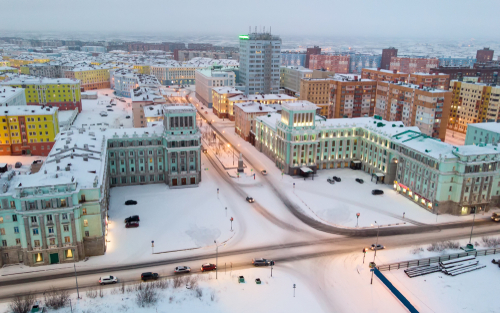
Norilsk stands as one of the world’s northernmost cities, with winter temperatures averaging -10°F (-23°C). Located above the Arctic Circle in northern Siberia, this industrial city experiences polar night for about two months each year.
The city houses approximately 175,000 residents who work primarily in nickel and copper mining. Norilsk’s extreme isolation—accessible only by air—creates unique challenges for residents. All buildings connect through a network of covered walkways and underground passages, allowing people to move around without facing the brutal outdoor conditions.
Winter preparation in Norilsk involves community-wide coordination. The city maintains emergency heating protocols, and residents stock up on essential supplies before the harshest months arrive. Local infrastructure includes specialized snow removal systems and reinforced buildings designed to withstand extreme weather.
Harbin, China: The Ice Festival Capital
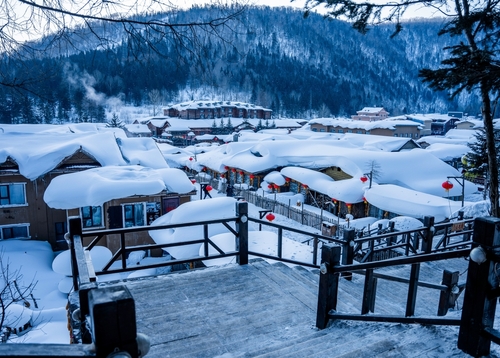
Harbin experiences winter temperatures that drop to -13°F (-25°C), earning it recognition as one of Asia’s coldest major cities. Located in northeastern China, this city of 10.6 million people has transformed its harsh winters into a celebrated attraction.
The famous Harbin Ice Festival showcases elaborate ice sculptures and attracts visitors from around the world. Local architecture reflects Russian influence, with buildings designed to handle heavy snow loads and extreme temperature variations.
Harbin’s residents have developed a winter culture that embraces the cold. Central heating systems warm entire city blocks, and underground shopping complexes provide refuge from harsh weather. The city’s food culture includes hearty dishes designed to provide warmth and energy during long winters.
Ulaanbaatar, Mongolia: The High-Altitude Freeze
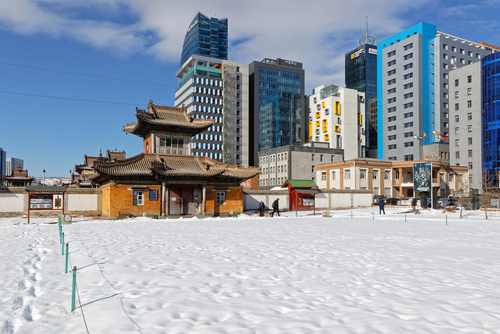
Mongolia’s capital city sits at 4,430 feet above sea level, contributing to winter temperatures that average around -15°F (-26°C). Ulaanbaatar’s 1.5 million residents face not only extreme cold but also significant temperature swings between day and night.
The city’s unique challenge comes from its mix of modern buildings and traditional ger districts—areas where families live in traditional Mongolian dwellings. These communities often lack central heating, requiring residents to burn coal for warmth, which creates air quality concerns during winter months.
Ulaanbaatar’s survival strategies include community heating initiatives and government programs to improve winter housing conditions. Many residents maintain traditional knowledge about cold weather survival while adapting to modern urban life.
Winnipeg, Canada: The Prairie Deep Freeze
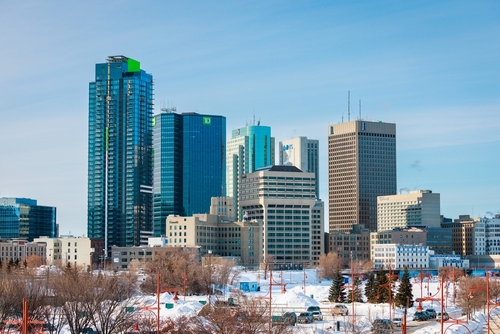
Winnipeg regularly experiences temperatures below -20°F (-29°C), with wind chill factors that can make conditions feel much colder. Located in the Canadian prairies, this city of 750,000 people faces long winters with minimal geographic protection from arctic air masses.
The city has developed extensive underground walkway systems connecting major buildings downtown. Winnipeg’s Plus 15 skyway network allows people to travel between buildings without facing outdoor conditions. Local building codes require superior insulation standards, and most homes feature vestibules to minimize heat loss.
Winnipeg residents embrace winter through festivals and outdoor activities. The city’s winter infrastructure includes specialized snow removal equipment and community warming centers for emergency situations.
Helsinki, Finland: The Baltic Winter Capital
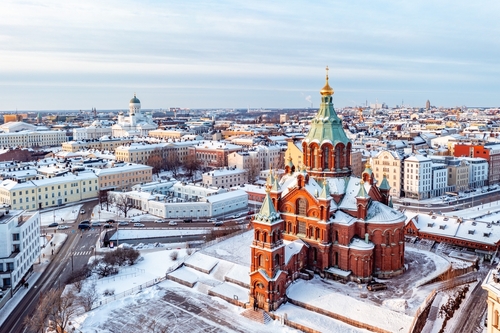
Helsinki experiences winter temperatures that average around 23°F (-5°C), but frequent Arctic air masses can push temperatures much lower. As Finland’s capital and home to 650,000 people, Helsinki represents how Nordic cities successfully manage extreme cold.
The city’s approach to winter includes extensive district heating systems that warm entire neighborhoods from central plants. Public transportation continues operating in all weather conditions, and buildings meet strict energy efficiency standards.
Helsinki’s winter culture includes embracing outdoor activities like skiing and ice swimming. The city maintains heated public spaces, and residents practice traditional cold weather activities that build community resilience.
Living Strategies for Extreme Cold Cities
Residents of the world’s coldest cities share common survival strategies that ensure safety and comfort during harsh winters. Understanding these approaches reveals how human communities adapt to extreme environments.
Infrastructure adaptations include specialized heating systems, reinforced buildings, and underground transportation networks. Many cold cities invest heavily in district heating, where central plants provide warmth to large areas through underground pipe networks.
Personal preparation involves layered clothing systems, emergency supplies, and vehicle winterization. Residents typically maintain backup heating sources and food supplies that can last through severe weather events.
Community support systems play crucial roles in cold city survival. Neighbors check on each other during extreme weather, and cities maintain warming centers for emergency situations. These social networks often mean the difference between comfort and crisis during the coldest periods.
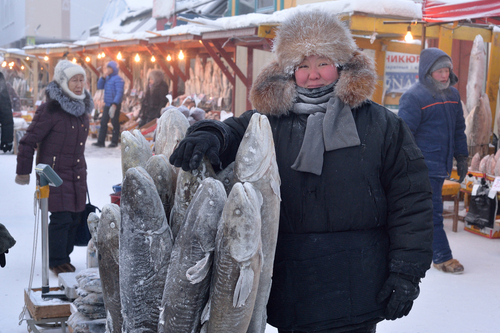
Frequently Asked Questions About Cold Cities
What makes a city one of the coldest in the world?
Cities earn their reputation as among the coldest based on average winter temperatures, record low temperatures, and the duration of cold periods. Factors like latitude, elevation, and geographic features all influence how cold a city becomes.
How do people survive in cities with temperatures below -40°F?
Survival in extremely cold cities requires specialized clothing, proper housing with effective heating systems, and community support networks. Residents also maintain emergency supplies and follow safety protocols during the coldest periods.
Do these cold cities have higher costs of living?
Yes, most extremely cold cities have elevated costs for heating, specialized clothing, vehicle maintenance, and food imports. However, many cold cities also offer higher wages to compensate for these additional expenses.
What infrastructure challenges do cold cities face?
Cold cities must address permafrost concerns, increased heating demands, specialized snow removal, and transportation systems that function in extreme weather. Buildings require superior insulation and heating systems designed for harsh conditions.
Can extreme cold cities become warmer due to climate change?
Climate change affects cold cities differently, with some experiencing warming trends while others face more variable weather patterns. Arctic cities often see more dramatic changes than those at lower latitudes.
How Do People in the Coldest Cities Manage to Stay Comfortable Without Air Conditioning?
In the coldest cities, residents ingeniously manage their comfort by utilizing efficient insulation and smart ventilation techniques. By harnessing the natural cooling of the night air and maximizing sunlight during the day, they contribute to cooling homes worldwide without air conditioning, proving that adaptation can thrive in even the harshest climates.
Embracing Winter’s Most Challenging Cities
The world’s coldest cities demonstrate remarkable human adaptability and community resilience. From Yakutsk’s permafrost challenges to Helsinki’s district heating innovations, these urban centers prove that extreme cold doesn’t prevent vibrant communities from thriving.
These cities offer valuable lessons about infrastructure design, community cooperation, and sustainable living in challenging environments. Their survival strategies—from specialized building techniques to social support networks—provide insights that benefit communities facing various environmental challenges.
Whether driven by natural resources, strategic location, or cultural heritage, these cold cities continue to grow and prosper despite their harsh climates. They remind us that with proper preparation, community support, and innovative solutions, humans can create comfortable, thriving communities even in Earth’s most challenging environments.
